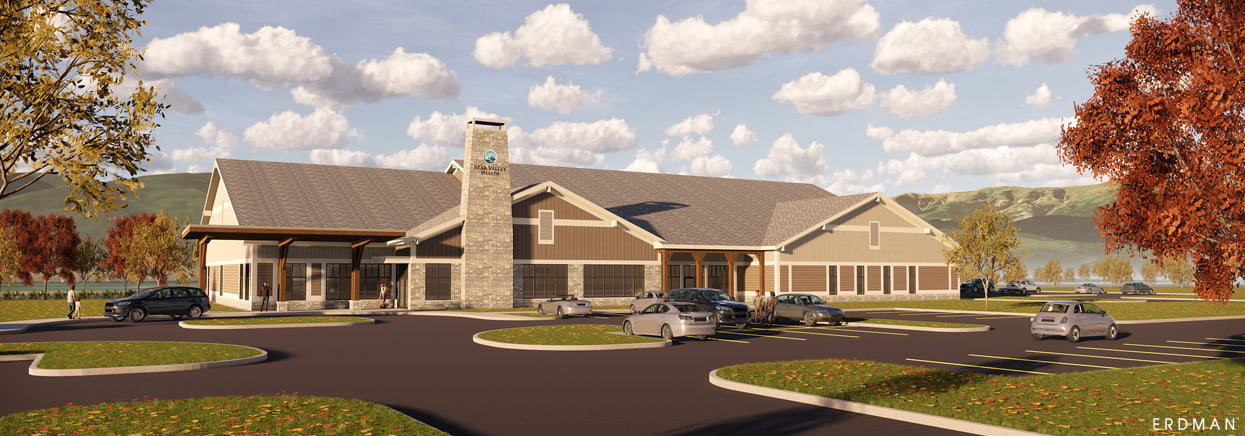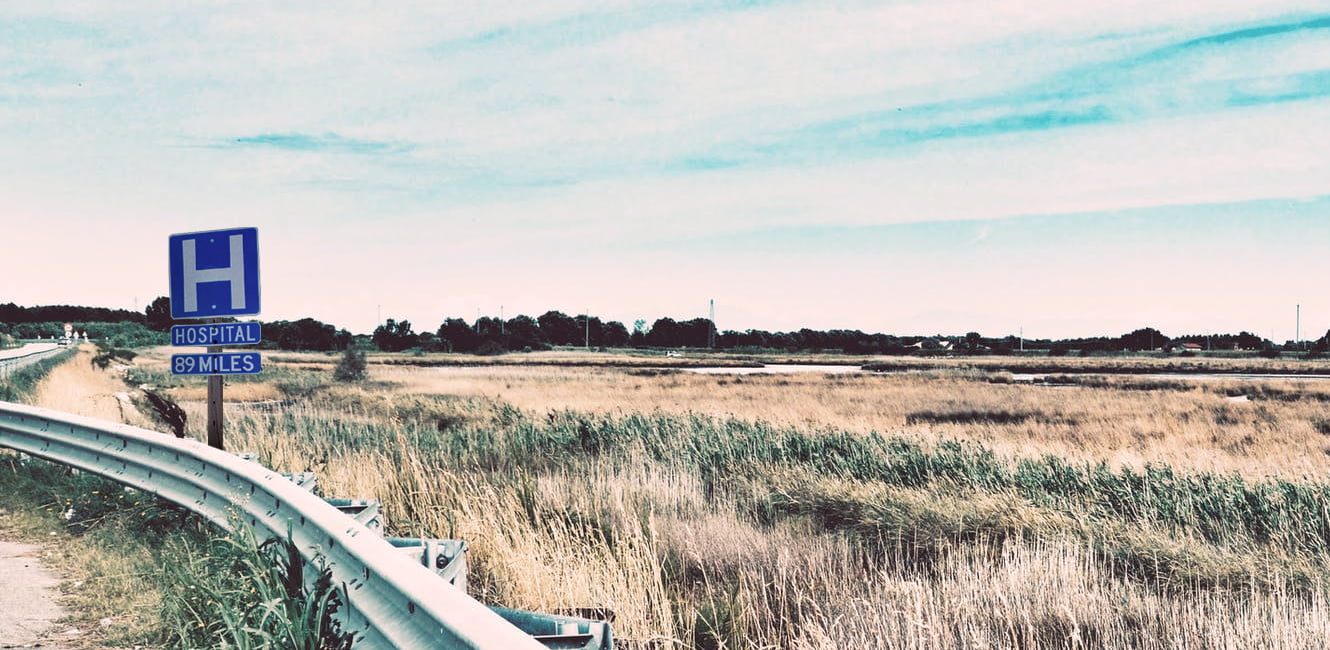Rural health care is challenged to maintain economic sustainability. This has been intensified by COVID-19 related expenses and Medicare payment cuts. Growing expenses, as well as the impact of skyrocketing economy-wide inflation, are also increasing the strain on resources healthcare organizations need to care for their patients and communities. There are a number of recent federal legislative acts intended to provide relief. Recent legislation includes programs to enhance care delivery through infrastructure and provide additional relief related to the impacts of the COVID-19 pandemic. ERDMAN continues to monitor the latest legislative efforts and will periodically issue updates as new information is available.
In April, the administration unveiled The Bipartisan Infrastructure Law Rural Playbook (Rural Playbook). This Playbook offers information to rural communities on the “what, where, and how” to apply for federal dollars. The goal of the playbook is to make it easier for particularly rural areas to apply for funds without needing expert assistance to apply.
Key programs that could impact rural healthcare
The Bipartisan Infrastructure Act
INTERNET ACCESS:
Broadband Equity, Access and Deployment Program:
- $42.5 billion program at Dept. of Commerce
- Provides states and territories with funds to plan and implement projects that will deliver high speed internet to unserved and underserved areas, including rural areas
- Program guidelines will be released Q2 2022
ReConnect Program:
- $1.9 billion to existing USDA program

- loans, grants, and other funds directly to states, territories, local governments, Tribes, cooperatives, non-profits, and certain for-profit entities to build infrastructure and install equipment to provide high-speed internet service in rural communities
- Priority is given to projects based, in part, on the rurality of a proposed area, economic need of the community, and existing limited service
- Applications open in Q3 2022
Middle Mile Grants Program:
- $1 billion Dept. of Commerce program
- funds the construction, improvement, or acquisition of middle mile infrastructure to reduce the cost of connecting unserved and underserved areas to the internet backbone
- Applications open Q2 2022
Digital Equity Grants:
- Three, sequenced, digital equity grant programs to fund initiatives that promote digital inclusion and equity to ensure that all individuals and communities have the skills, technology, and capacity needed to reap the full benefits of our digital economy
- 1st program – $60 million formula grant program to for states and territories to develop digital equity plans (Q2 2022)
- Once plans have been developed, the 2nd and 3rd programs will be launched to support the implementation of the plans ($1.44 billion for 2nd program and $1.25 billion for 3rd program, both phased over 5 years)
Affordable Connectivity Program:
- Existing FCC program
- provides eligible lower-income households with a discount of up to $30 per month (up to $75/month on Tribal lands) toward internet services – as well as a one-time discount of up to $100 to purchase a laptop, desktop, or tablet
JOB DEVELOPMENT: (not as related to healthcare – mostly pollution clean-up positions)
Orphan Oil & Gas Well Program:
- $4.7 billion Dept. of the Interior program
- to plug, remediate, and restore polluted and dangerous orphan well sites across the country
Abandoned Mine Land Reclamation Program:
- $725 million Dept. of the Interior program
- reclaim abandoned coal mine lands, and create good-paying union jobs in the process
American Rescue Plan Act (signed into law 3/2021)
The American Rescue Plan Act provides $8.5 billion to reimburse rural health care providers for health care-related expenses and lost revenues attributable to COVID–19.

Its definition of rural provider is broad and includes those that:
- are located outside a metropolitan statistical area (MSA); or
- are located in a rural census tract of an MSA; or
- are located in an area designated by the state as rural; or
- are a sole community hospital or rural referral center; or
- are located in area that serves rural patients, such as a small MSA; or
- are a rural health clinic; or
- provide home health, hospice, or long-term services and supports in patients’ homes that are located in rural areas; or
- otherwise qualify as a rural provider, as defined by the Health and Human Services (HHS) Secretary.
Medicaid and Health Care Coverage
- Postpartum coverage: gives states the option to extend Medicaid and CHIP eligibility to pregnant people for 12 months postpartum (runs out in 5 years)
- Medicaid expansion: gives states that have not expanded Medicaid an incentive to do so temporarily by increasing the portion the federal gov’t pays (FMAP) by 5 percentage points for 2 years
- Insurance Marketplace Subsidies: temporarily (through tax year 2022) increases the subsidy and expands eligibility for subsidies
$3.5 billion allocated for block grants addressing behavioral health plus:
- $420 million in grants to clinics participating in the Certified Community Behavioral Health Clinic program;
- $100 million in behavioral health workforce education and training grants;
- $80 million for grants to health professional schools, academic medical centers, local government and other nonprofits for training in evidence-based strategies to decrease behavioral health disorders among health care personnel;
- $40 million in grants to health care providers for programs promoting good behavioral health among their personnel;
Public Health Workforce
- $9.1 billion in public health workforce support
- The staff hired using the funds can be employed by health departments directly, or by non-profit entities “with demonstrated expertise in public health programs and established relationships with [health] departments, particularly in medically underserved areas.” In theory, this provision makes it possible that health departments could award support to a few hospitals working closely with them to fulfill public health-related functions in their communities; however, the decision to do so will be up to the health departments.
- $800 million for the National Health Service Corps, which provides loan forgiveness and scholarships to primary care health clinicians serving in health professional shortage areas
- $200 million for the Nurse Corps, which repays up to 85% of unpaid nursing education debt for eligible nurses working in critical shortage facilities
Rural Health Care Grants
- $500 million for the USDA to award to eligible entities, including hospitals
- Awardees may use the grant to cover COVID-19-related expenses and lost revenue to maintain capacity, such as increasing capacity for vaccine distribution or telehealth capabilities.
- Many of these grants have already been awarded: Press Release
- (see also: Emergency Rural Health Care Grants | Rural Development (usda.gov))
OTHER ISSUES:
- Critical Access Hospital designation – there have been a number of bills introduced in the last year or two to expand the definition of CAH, and to address the 2015 redefining of what the term “secondary roads” meant in the original definition. None of those bills have made it out of committee at this point.
ERDMAN Takeaway
Hospitals and health systems, especially in rural areas, must continue to care for patients with COVID-19, as well as treat sicker, more medically complex patients with scarce resources. In these times of unprecedented circumstance – a global pandemic and record cost increases, there is renewed focus on advancing ideas and solutions to create long-term rural health care economic sustainability.
As we consider the future of rural health care, it’s important to apply the lens of creativity in addressing high need areas. Recent legislative acts are intended to help by encouraging healthcare organizations to consider strategies such as: offering services that blend behavioral care with other medical services, expanding access to telehealth, electronic health data sharing, workforce development, transportation, paramedicine, obstetrics, behavioral health, farmworker health care, and cooperative home care.
Connect with us today at info@erdman.com to start taking steps to optimize your healthcare strategy in the post-pandemic era.

- New AHA Report Highlights Massive Surge in Input Costs for Hospitals and Health Systems | AHA
- National Rural Health Association legislative tracker – shows all bills that relate to rural healthcare, summaries, and where the bill currently stands (in committee, introduced, etc.) Legislative Tracker – NRHA (ruralhealth.us)
- NRHA advocacy year in review 2021: 12.14 NRHA GAPD Year In Review.pdf (8.5 × 11 in) (ruralhealth.us)
- Biden Administration Announces Boost for Rural Health Care in Midterm Election Push | Kaiser Health News (khn.org)
- 2022 Rural Advocacy Agenda | AHA
- Fact Sheet: Biden Administration Takes Steps to Address COVID-19 in Rural America and Build Rural Health Back Better | The White House
- Joint Resource Guide: To strengthen and expand child care facilities in rural communities (usda.gov)
- USDA Resource Guide for Rural Workforce Development



